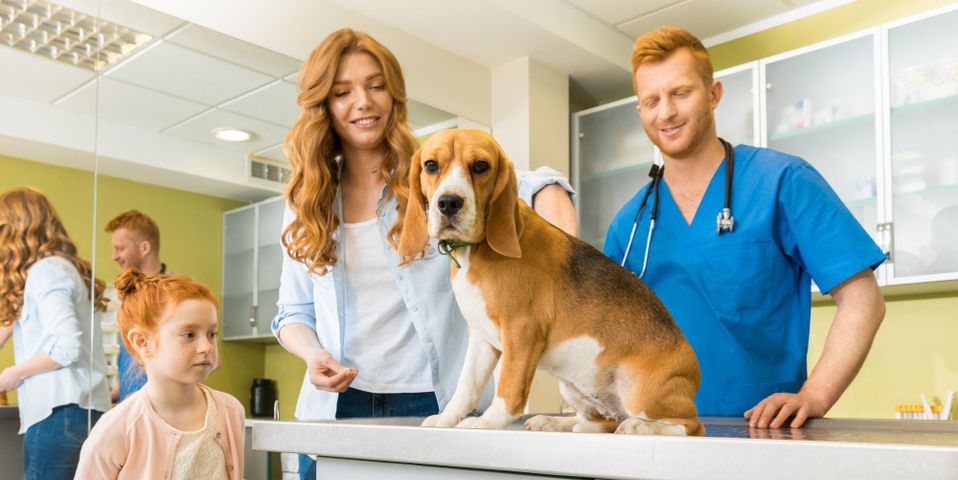
A priority for all pet owners is to keep their furry friends safe. Although you may take precautionary steps to keep your pet from sneaking out, some curious cats and dogs could still make their way outdoors. If your pet doesn’t like wearing a collar, they could be mistaken for a stray. To protect your furry family member and ensure they’re safe at all times, veterinarians insert a microchip with the pet owner’s information. The guide below discusses this technology in detail and how it could be useful.
How Does It Work?
A veterinarian inserts a small microchip the size of a grain of rice under your pet’s skin. They won’t need anesthesia for the process, as it will feel the same as their cat or dog vaccinations. It should only be performed by a trusted and qualified animal clinic to ensure safety and proper implantation.
Each chip contains a unique registration number and the number of the company that produced the chip. If your animal is found, a vet or animal control officer can use a handheld device to find and read the chip, enabling them to contact the chip’s company and ask for the contact information associated with the registration number. For microchips to be effective, you must keep your contact information up to date with the microchip’s company.
Where Is It Placed?
 Microchips are placed between the shoulder blades at the base of the neck. Your pet will be unable to lick this area of their body, reducing the chances of them irritating the injection site. Their subcutaneous tissues heal around the chip and hold it in place.
Microchips are placed between the shoulder blades at the base of the neck. Your pet will be unable to lick this area of their body, reducing the chances of them irritating the injection site. Their subcutaneous tissues heal around the chip and hold it in place.
Why Does My Animal Need It?
No matter how careful you are, accidents happen. Cats can slip out of the door when your children come in, dogs can slip out of their collars, or someone could even take your animal out of your yard. If your pet has a microchip and the information in the database is recent and accurate, you’re more likely to find your pet.
All animal shelters, clinics, and animal control officers should have access to handheld microchip scanners, so if your pet is found and taken to any of them, they’ll be able to quickly contact you to get your pet back home.
Now that you know the importance of microchipping, you need a veterinarian you can trust to microchip your dog or cat. Dr. Douglas Foreman and Dr. Roberta Mauro at Cherry Hill Dog & Cat Hospital in Elkton, MD, will perform safe microchipping while making your pet feel at ease. For over 53 years, they’ve provided comprehensive care, including cat and dog vaccinations, dental care, diagnostic testing, and laser surgery. View their full list of services online and call (410) 398-1331 to schedule an appointment.
About the Business
Have a question? Ask the experts!
Send your question

